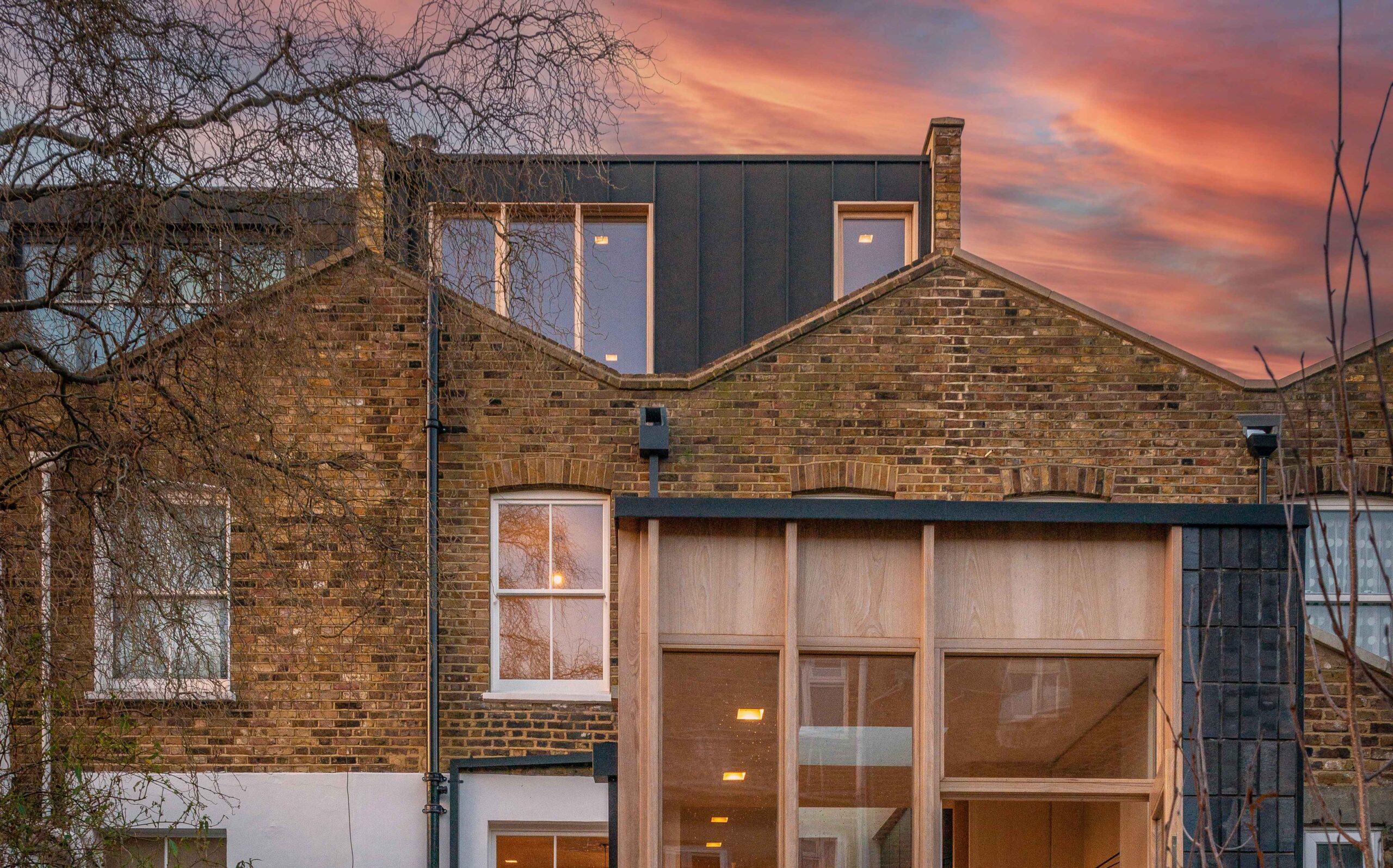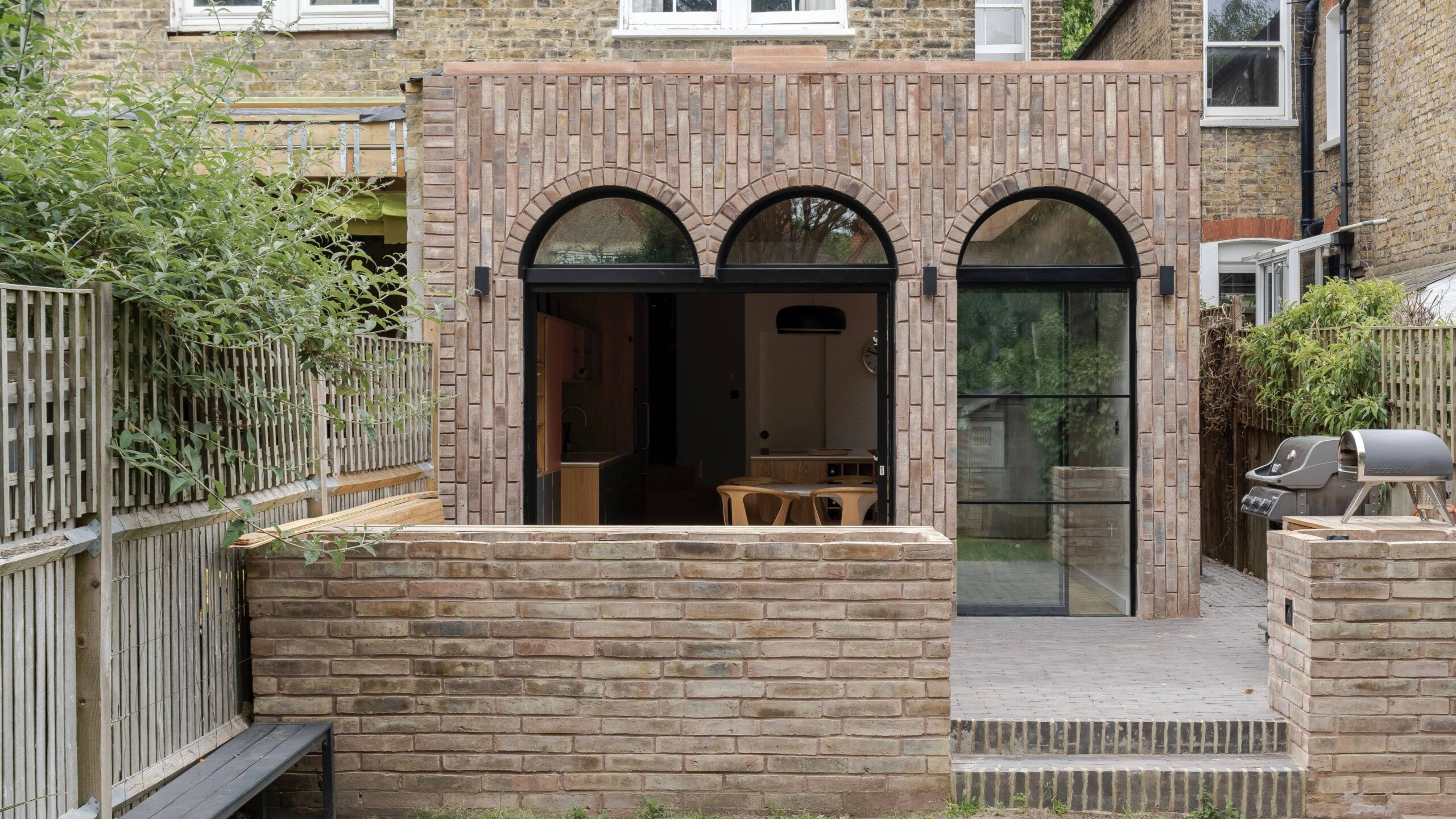
Loft Conversion Fire Safety: Everything You Need to Know
In recent years, loft conversions have become increasingly popular among homeowners looking to maximize their living space. However, while loft conversions offer numerous benefits, it’s crucial to prioritize safety, especially when it comes to fire safety. In this comprehensive guide by Dobuild, we will delve into everything you need to know about loft conversion fire safety to ensure a secure and comfortable living environment.
Why Loft Conversion Fire Safety Matters
Before we dive into the specifics of fire safety in loft conversions, let’s understand why it’s of paramount importance.
Preventing Tragedy
Loft conversions often involve creating additional bedrooms or living spaces. In the event of a fire, occupants in the converted loft could find themselves in a precarious situation. Understanding fire safety measures can be a lifesaver.
Legal Compliance
Local building regulations require homeowners to adhere to specific fire safety standards when converting lofts. Failure to meet these standards can result in legal issues and fines.

Understanding Fire Risks in Loft Conversions
Identifying Potential Hazards
Electrical Systems
Loft conversions typically require additional electrical installations. Overloaded circuits and faulty wiring can increase the risk of electrical fires.
Insulation Materials
The choice of insulation materials can impact fire safety. Some materials are more fire-resistant than others. We will explore the best options.
Fire Escape Routes
Creating accessible and safe escape routes from the loft in case of a fire is crucial. We’ll discuss the importance of windows and stairs.
Fire Safety Measures for Loft Conversions
Smoke Alarms and Detectors
Installing smoke alarms and detectors is a fundamental step in fire safety. We will guide you on their optimal placement and maintenance.
Fire-Resistant Doors
The use of fire-resistant doors can contain a fire and prevent its spread. We will recommend suitable door types and materials.
Fire Extinguishers
Having the right type of fire extinguisher on hand can make a significant difference in dealing with a fire emergency.
Building Regulations and Compliance
Building Control Approval
Before undertaking a loft conversion, ensure you have the necessary approvals from your local building control authority.
Fire-Resistant Materials
Compliance with building regulations often requires the use of specific fire-resistant materials during the conversion process.
Escape Windows
Learn about the size, location, and operation of escape windows to meet safety standards.
Maintaining Fire Safety in Your Loft
Regular Inspections
Periodic inspections are vital to ensure that all fire safety measures remain effective over time.
Educating Occupants
Educating your family or tenants about fire safety protocols is crucial for everyone’s well-being.
Conclusion
In conclusion, loft conversion fire safety is not something to be taken lightly. It involves careful planning, adherence to regulations, and continuous maintenance. By following the guidelines outlined in this blog, you can ensure a safe and secure living environment in your loft conversion.


